TYPE DESIGN INFORMATION PAGE last updated on Sat Jun 22 22:24:27 EDT 2024
FONT RECOGNITION VIA FONT MOOSE
|
|
|
|
Goldsmith, lawyer, and financial backer of Gutenberg, b. ca. 1400, Mainz, Germany, d. Paris, ca. 1466. Around 1450 Fust lent Gutenberg 800 guilders to optimize his printing process. In 1452 Gutenberg requested the same amount again to complete the work. In 1455, when still no books had been produced, Fust sued Gutenberg for 2,026 guilders (the amount owed, plus interest). Gutenberg lost in court, and had to hand over his equipment. Fust then hired Gutenberg's apprentice, Peter Schoeffer, and as Fust & Schoeffer, the pair published several fine books, including the famous 42-line Bible in 1456 and Psalter in 1457. They were the first to make printing a successful business. Wikipedia reports this theory: Schoeffer ended up marrying Fust's only daughter, Christina. This presents a whole new theory that suggests Schoeffer and Fust were closer than many may think and Schoeffer was sent to work with Gutenberg by Fust in an effort to claim insider knowledge about the printing press before Fust and Schoeffer would leave Gutenberg high and dry. There are facts there to say that Fust and Schoeffer had this planned all along, even before the loans were handed over to Gutenberg. This theory states Gutenberg was, in fact, doomed from the start, never to have a chance at the 42-Line Bible to be advertised as his own work. He seems to have fallen victim to a partnership that did not come about as a spur of the moment decision thanks to a court case, but instead as a well thought out ruse in order to claim fame, money, and power. Wikipedia also discusses the witchcraft story, which may or may not be true: It was once believed that Johann Fust was working for the devil. After several of Gutenberg's bibles were sold to King Louis XI of France, it was decided that Fust was performing witchcraft. This idea came about for a few reasons, including the fact that some of the type was printed in red ink, mistaken for blood. It was also discovered that all of the letters in these bibles, presented to the King and his courtiers as hand-copied manuscripts, were oddly identical. Fust had sold 50 bibles in Paris and the people there could not fathom the making and selling of so many bibles so quickly, because printing had not come to the forefront yet in France. Parisians figured that the devil had something to do with the making of these copies, and Fust was thrown into jail on charges of black magic. Digital version: Fust&Schoeffer-Durandus-GoticoAntiqua118G (2016-2019, Alexis Faudot and Rafael Ribas, ANRT, France). Faudot and Ribas write Durandus's 118G Gotico-Antiqua was first used in Mainz by Peter Schoeffer and Johann Fust for Guillaume Durand's Rationale Divinorum Officorum in 1459. The book displays two sizes, the smaller 92G for the main text and the bigger and more contrasted 118G used only for the colophon and later for the famous 48-line Bible in 1462. It was used until the end of the 15th century. |
EXTERNAL LINKS |
| | |
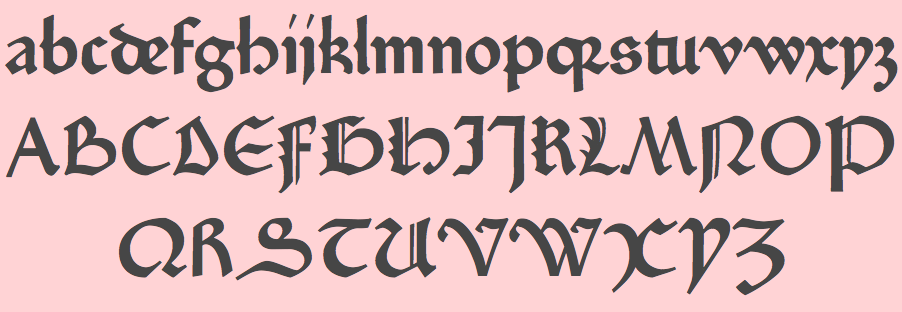
file name: Alexis Faudot Rafael Ribas Fust Schoeffer Durandus Gotico Antiqua118 G 2019
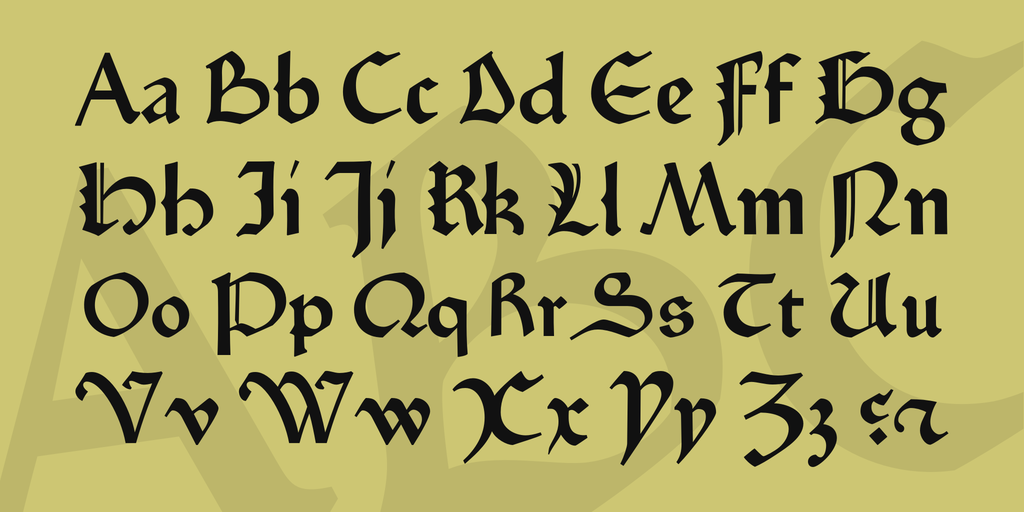
file name: Alexis Faudot Rafael Ribas Fust Schoeffer Durandus Gotico Antiqua118 G 2019
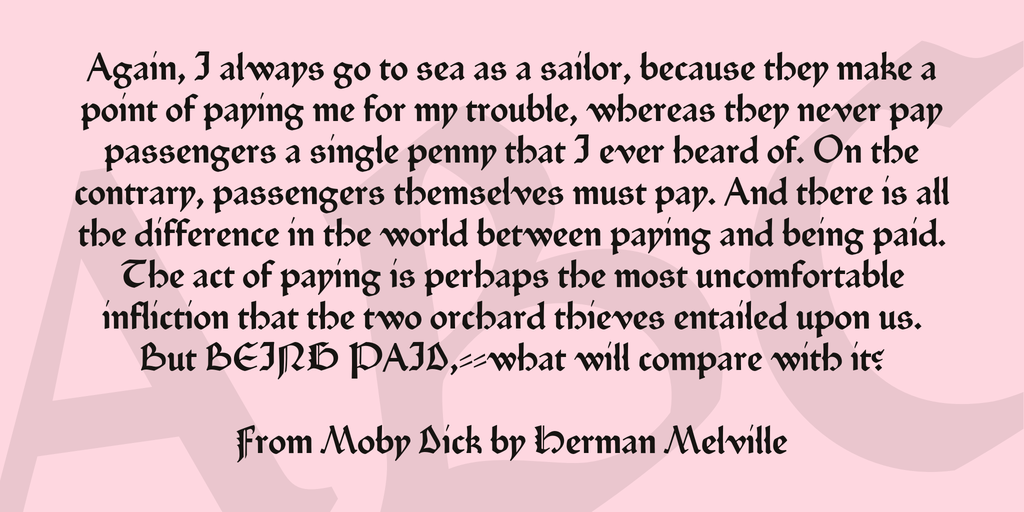
file name: Alexis Faudot Rafael Ribas Fust Schoeffer Durandus Gotico Antiqua118 G 2019
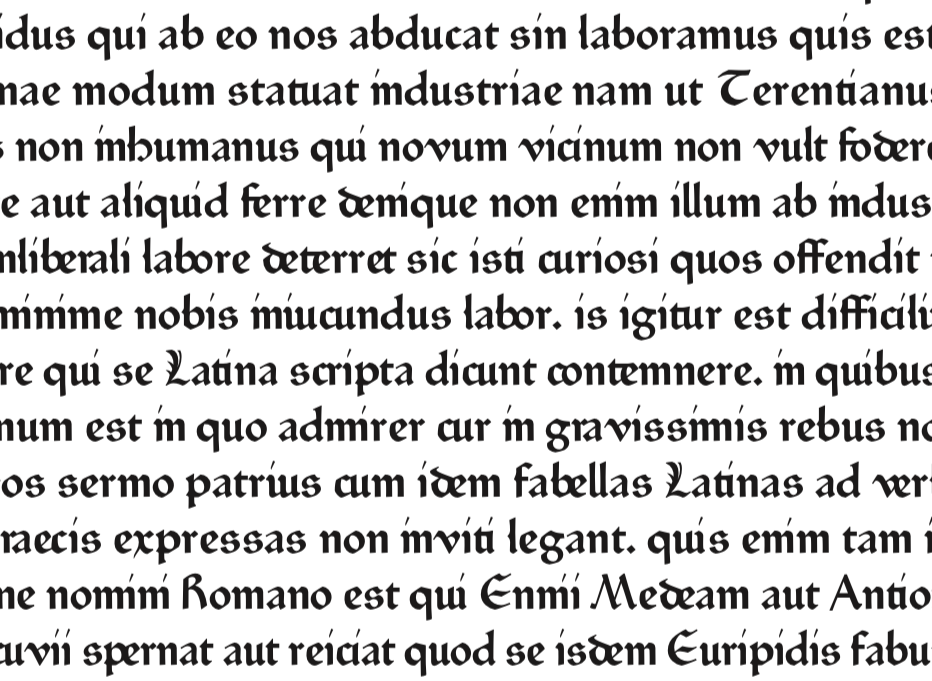
file name: Alexis Faudot Rafael Ribas Fust Schoeffer Durandus Gotico Antiqua118 G 2019
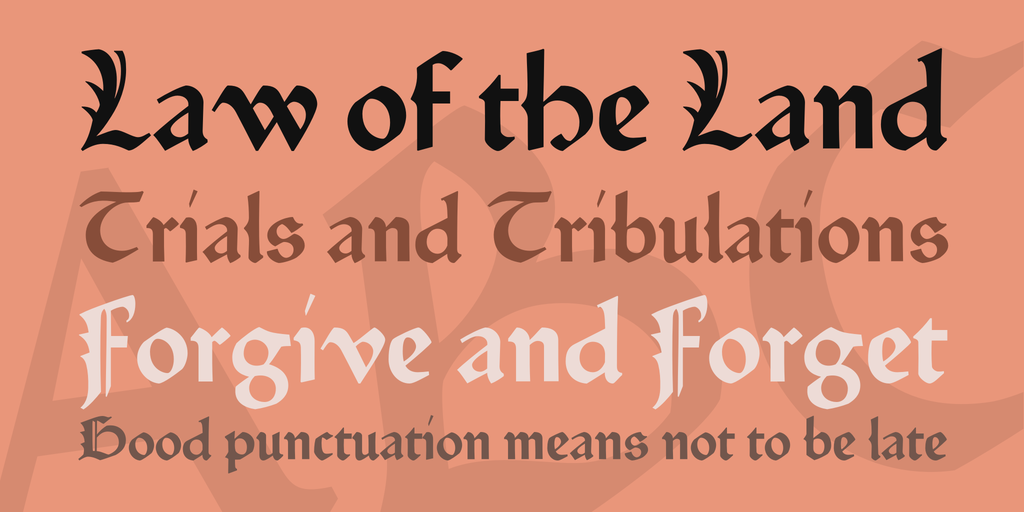
file name: Alexis Faudot Rafael Ribas Fust Schoeffer Durandus Gotico Antiqua118 G 2019

file name: Alexis Faudot Rafael Ribas Fust Schoeffer Durandus Gotico Antiqua118 G 2019
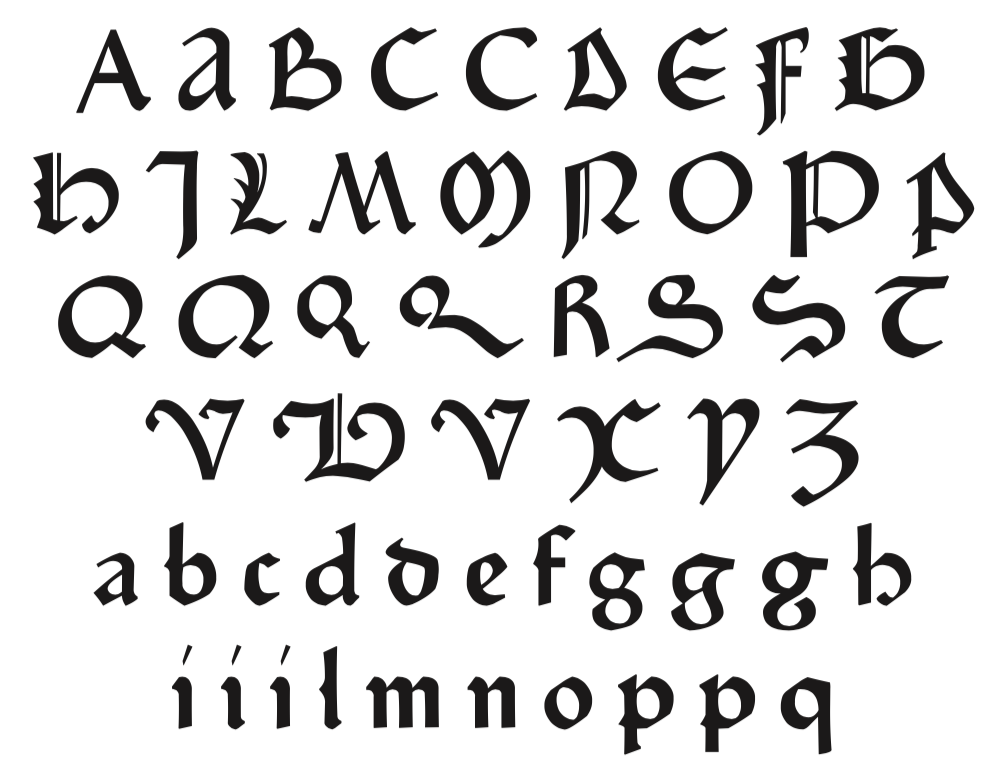
file name: Alexis Faudot Rafael Ribas Fust Schoeffer Durandus Gotico Antiqua118 G 2019
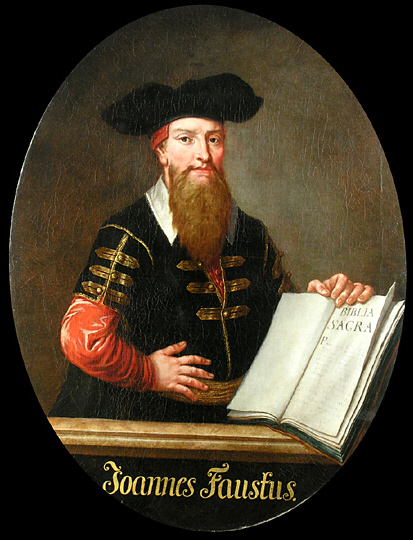
file name: Johann Fust Pic
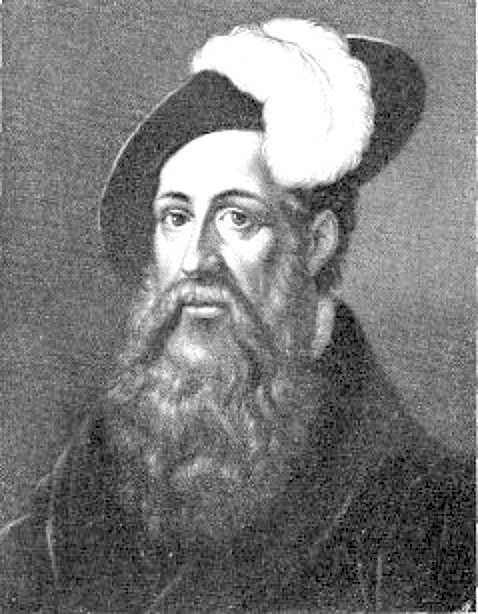
file name: Johann Fust Pic
| | |
|
Luc Devroye ⦿ School of Computer Science ⦿ McGill University Montreal, Canada H3A 2K6 ⦿ lucdevroye@gmail.com ⦿ http://luc.devroye.org ⦿ http://luc.devroye.org/fonts.html |


